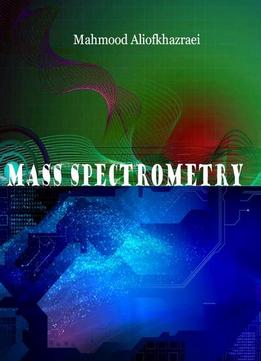
Mass Spectrometry Ed. By Mahmood Aliofkhazraei
by Mahmood Aliofkhazraei /
2017 / English / PDF
382.4 MB Download
This volume is dedicated to mass spectrometry hyphenated technique, and provides a range of options for the characterization of complex materials.
Mass spectrometry is an analytical technique that can be used for the structural characterization and quantification of a wide range of molecules. The technique is extensively used by chemists for the analysis of small and volatile organic compounds. Mass spectrometry has long been an important technique for the identification of materials ranging from pure compounds to complex mixtures. Mass spectrometry can be used to determine molecular weight of compounds or using different ionization conditions, can provide more structural details through the analysis of fragmentation patterns. This level of detail can be attained for pure compounds and some mixtures. Mass spectrometry can also be combined with separation techniques such as gas chromatography or liquid chromatography to allow more complex mixtures to be examined.
Preface
1 Deep Ultraviolet Single‐Photon Ionization Mass Spectrometry
2 Interpretation of Mass Spectra
3 Performing Quantitative Determination of Low-Abundant Proteins by Targeted Mass Spectrometry Liquid Chromatography
4 Pesticides and Their Degradation Products Including Metabolites: Chromatography-Mass Spectrometry Methods
5 Mass Spectrometry for the Sensitive Analysis of Intracellular Nucleotides and Analogues
6 LC‐HRMS for the Identification of β‐Carboline and Canthinone Alkaloids Isolated from Natural Sources
7 Applications of Mass Spectrometric Techniques to the Analysis of Fuels and Lubricants
8 Mass Spectrometry for the Detection of Endogenous Steroids and Steroid Abuse in (Race) Horses and Human Athletes
9 Use of Mass Spectrometry for the Determination of Formaldehyde in Samples Potentially Toxic to Humans: A Brief Review











